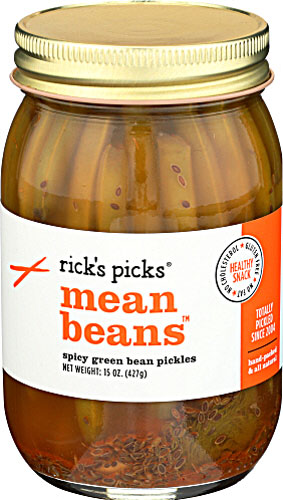Summer gifts us with the most delicious produce. Whether it’s leafy greens, juicy melons or sweet berries; the assortment of fresh options is seemingly limitless.
While it’s easy to consume five refreshing fruits and veggies each day during summer, the chillier months don’t necessarily elicit the same cravings. Combat the decline by starting a container garden – today – so you can enjoy some of the most nutritious options of the season year-round.
With some added light (artificial or natural), decorative pots, quality soil and some seeds, you’ll be well on your way to producing your own fruits and vegetables, lowering your grocery bill and enjoying the flavors that come with eating local.
Some of the most nutritious, simple and delicious homegrown vegetables include:
Green beans
Beans are a must have for most because of their nutrient profile. Rich in fiber and protein, these beans help with muscle growth and repair and promote satiety as well – leaving you feeling fuller longer. Fresh green beans are an amazing snack, whether they’re snapped right off the vine and eaten raw or cooked with a delicious combination of spices.
What you need:
A pot that’s at least twelve inches deep and a strong trellis (or tomato cage) to support your green beans as they grow. The beans will need at least eight inches of soil. If you’re using seeds they’ll sprout after about a week. Make sure to keep your beans watered. They’re a thirsty plant and thrive best in full light. After 50-70 days you’ll be able to enjoy your first harvest!
How to eat:
Of course, you can munch on raw green beans, but if you’re looking to whip up something new and delicious, cooking them is a great option. Try zesty green beans – or something more decorative: roasted green beans with almond and lemon.
Beets
When it comes to color and taste, beets are in a class of their own. Although most may appreciate their beautiful pink hue, not everyone cares for their earthy flavor. They do, however, have significant health benefits. Beets help reduce blood pressure, promote digestive health and are a great source of minerals such as iron. They’re also rich in antioxidants, which provide protection from free radicals.
What you need:
A pot that can hold at least ten inches of soil and a sunny environment. Since beets are part of the root family, making sure your soil is pebble and clump free is a must. Keep your soil moist. It will take a few weeks for them to germinate, but within fifty days you’ll be able to harvest your first beets!
How to eat:
Beets are quite versatile. Sure you can use your bounty to make a classic beet salad – but you can also make vanilla & roasted beet ice cream! If you’re not in the mood for a frozen dessert, but still want to satisfy your sweet tooth, try a vegan-friendly chocolate beet cake (this recipe is also flourless!).
Strawberries
Although decadently sweet during the summer, these typically flavorful treats can fall flat the rest of the year. Growing your own strawberries, however, will allow you to enjoy their tasty bursts while avoiding their hefty price tag! Strawberries, like the other members of the berry family, are some of the best sources of antioxidants on the planet. Rich in vitamin C, fiber and folate, these berries promote healthy hearts and support the regulation of blood sugar.
What you need:
A soil filled pot, at least eight inches deep with the top inch free of soil. Add your seeds and let them germinate for two to three weeks. Strawberries love sunlight, needing at least six hours a day. Keep the soil moist and you’ll enjoy your first batch within 60 days!
How to eat:
Much like green beans, you can enjoy strawberries both raw and cooked. Wake up with strawberries & cream waffle brunch sandwiches, prepare farro salads with strawberries and almonds for dinner and whip up a batch of white-chocolate-covered strawberries for dessert!
Do you have an indoor garden? Snap a photo and share with us on Instagram @Vitacost.




